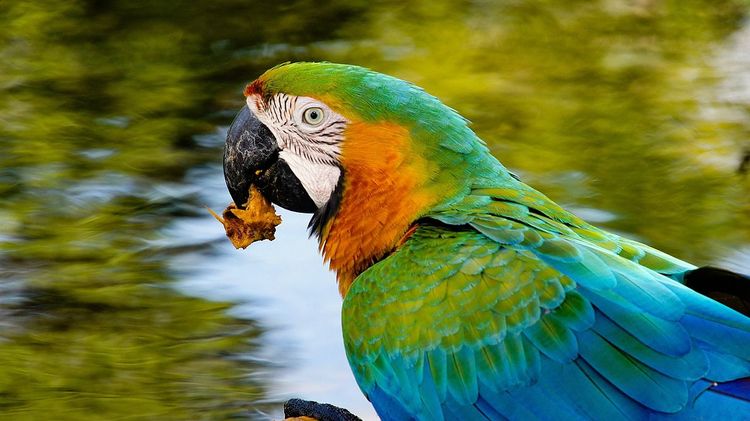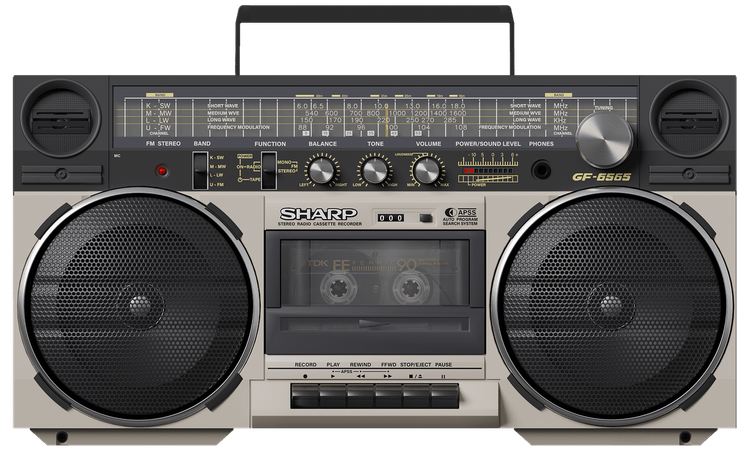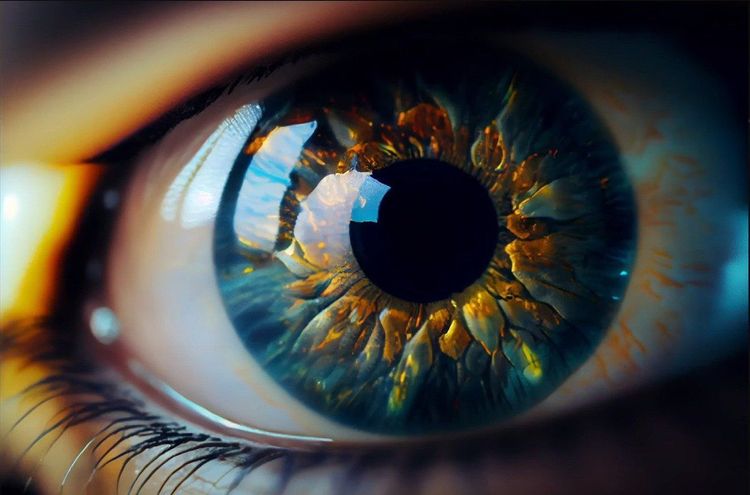The question of AI's legal personhood isn't as straightforward as it might appear (i.e., "nowhere"). Recently, the U.S. Patent and Trademark Office (USPTO) clarified that, similar to other forms of intellectual property, only individuals can receive its protections.
This clarification was delivered through "guidance," which serves as official policy but lacks the force of law, and will soon be published in the federal register. The guidance document (PDF) articulates the clear legal rationale that "patents exist to encourage and reward human innovation," asserting that only "natural persons" can be awarded patents.
It's not entirely obvious, given that corporations are considered people in certain legal contexts but not others. For instance, while they cannot vote due to their lack of citizenship, their speech is protected under the First Amendment. This raises a significant legal question regarding patents: when determining eligibility for an "individual," can that individual be a human, or could an AI model qualify as well? The guidance clarifies through precedent that "individual" refers to humans unless explicitly stated otherwise. However, there remains uncertainty about how to cite or classify AI-assisted inventions in patent applications.
For example, if a person designs an AI model that subsequently proposes a patentable device, can that AI be classified as a “joint inventor” or “co-inventor”? Alternatively, if there’s no human inventor involved, does that render the device ineligible for a patent altogether?
The USPTO guidance emphatically states that while AI-assisted inventions are not "categorically unpatentable," AI systems themselves cannot be recognized as individuals and therefore cannot be classified as inventors. This means at least one human must be identified as the inventor on any patent application. Interestingly, this draws parallels to the notable "monkey selfie" case, where a monkey could not receive copyright for a photo because copyright ownership is limited to legal persons, and inherently, monkeys do not fit that classification.
Copyright Considerations for AI in Art
However, to be named an inventor, individuals must demonstrate they “significantly contributed” to the invention, which can be complex. The nuances of this definition make for compelling reading:
Simply identifying a problem or setting a general research objective does not equate to conception. A natural person who only outlines a problem to an AI system may not qualify as a proper inventor or co-inventor of an invention derived from the AI's output. In contrast, significant contribution can be demonstrated by the manner a person constructs the prompt to tackle a specific issue and elicit an appropriate solution from the AI system.
A person who merely recognizes and values the output of an AI system, especially when the features and utility are evident to professionals in the field, does not automatically qualify as an inventor. Conversely, an individual who refines the AI's output and makes a meaningful contribution to create a viable invention may be categorized as a legitimate inventor.
Simply maintaining “intellectual domination” over an AI system does not inherently establish someone as an inventor of any inventions produced using that AI. Thus, mere ownership or management of an AI system that aids in invention creation, without offering significant input into the invention's conception, does not suffice for inventor status.
In summary, this guidance upholds a standard of reasonableness that individuals seeking patents are likely familiar with. Yet, in the context of AI, this guidance helps establish precedents that are otherwise lacking. Importantly, the USPTO clarifies that it does not aim to define or limit the capabilities of AI; rather, it applies existing statutes and precedents to emerging technologies. Should Congress enact legislation recognizing AI as human for intellectual property purposes, the USPTO would adapt accordingly. Until then, AI remains a technological tool, while human inventors continue to be the focus of patent protections.
You can access the full guidance document here.







